One man forever changed the way curators showcase their largest and most eye-catching specimens – including blue whales.
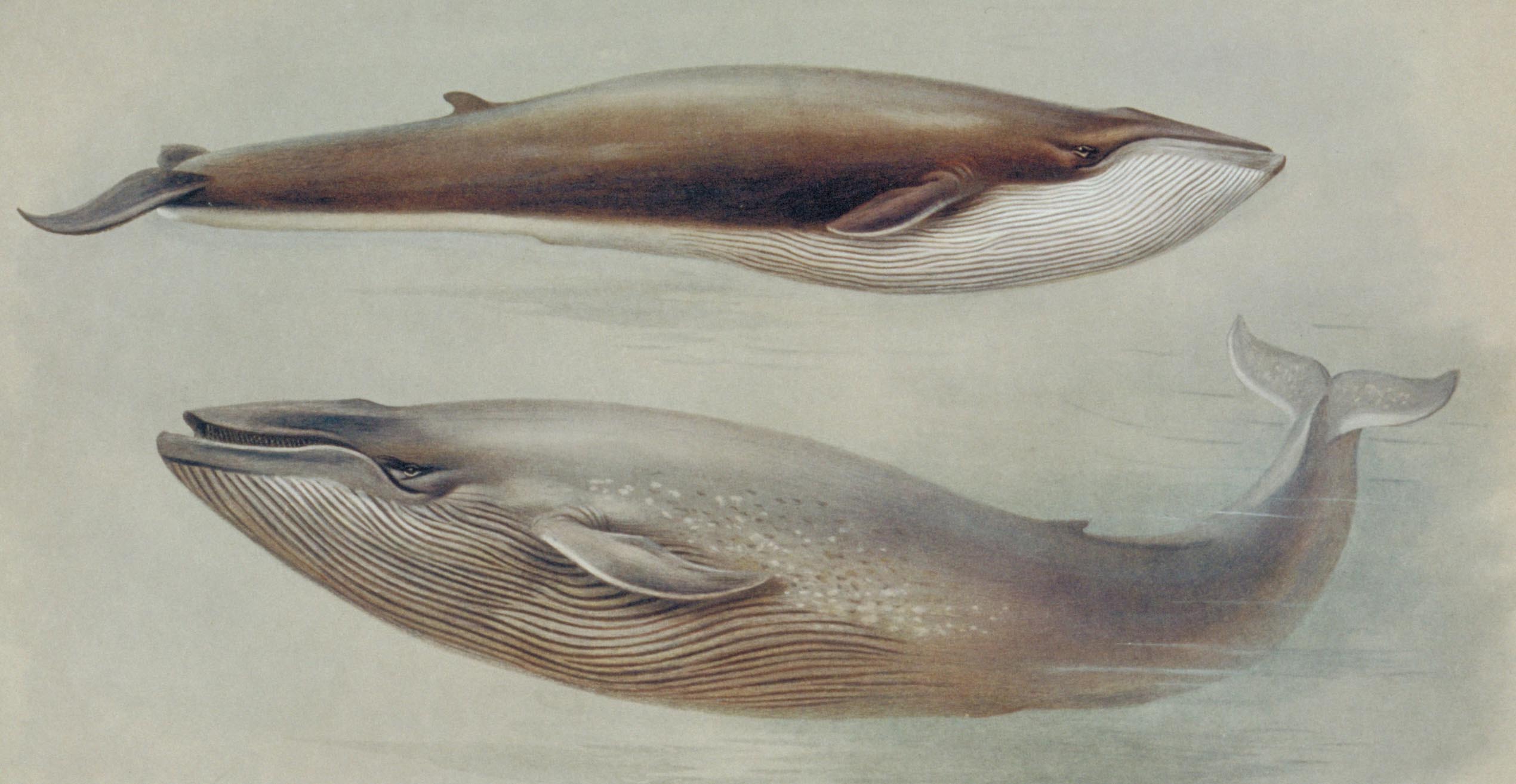
Illustrations of a blue whale and a fin whale. From British Mammals Volumes 1 and 2 by Archibald Thorburn, published 1920-21.
After its founder Richard Owen retired in 1883, the Museum changed the way it displayed its unrivalled collections.
The man with the daunting task of following in Owen's footsteps was William Henry Flower, the Museum's Director from 1884 until 1898.
Flower's ideas became so widespread and enduring that it can be difficult to appreciate today how innovative they were at the time.
He played a key role in determining how special exhibits and animals, including whales, should be displayed.
Bringing in the beauty
By the time Owen left his position as Director, the Museum's collection filled the public galleries to the brim. Some galleries were so stuffed that visitors often faced a bewildering array of specimens, with little to help them make sense of what they were looking at.
Flower set about transforming crowded glass boxes into displays that were both informative and beautiful, highlighting a few key specimens and ideas.
It wasn't enough to fill a cabinet - specimens had to be carefully chosen and displayed in the most aesthetically pleasing way.
Following Flower's lead, curators also paid attention to colour and positioning, and what the display was trying to communicate to the visitor.
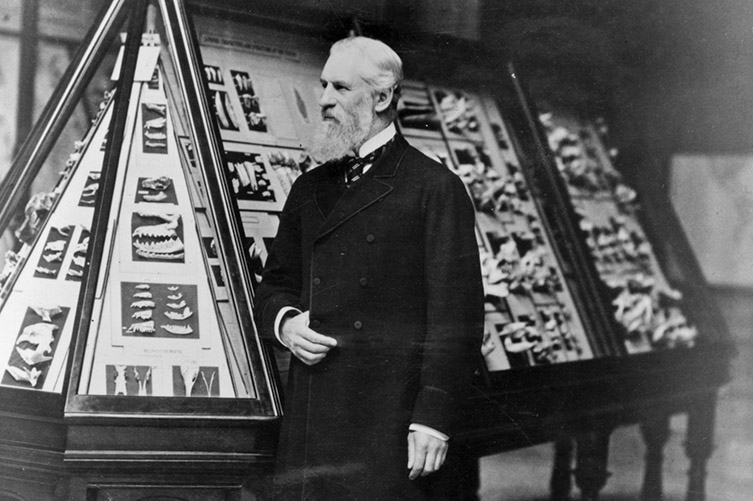
William Henry Flower prioritised beauty in his displays.
An example of Flower's work can still be seen today in the Museum's Mammals gallery, in the comparative display of a horse and a human skeleton.
A new home for whales
After Owen's achievement of creating a Natural History Museum in Britain, Flower redefined how it should display its specimens and how they inspired visitors. His influence is still felt in the Museum today.
Flower had a special interest in whales and spearheaded a temporary extension that would later become the more permanent Whale Hall.
The Museum's recent decision to suspend a blue whale in a dramatic position from the Hintze Hall ceiling would probably have delighted Flower, who prioritised displaying specimens in beautiful and inspiring ways.
Edwin Lankester, who became Director after Flower, spoke highly of his predecessor, saying, 'He went to great pains to make the Museum under his care a delight to the eye'.
From the much-loved Mammals gallery to the new displays in Hintze Hall, Flower's approach to beautiful exhibitions endures.
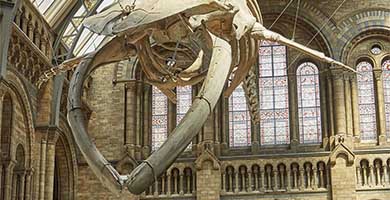
See the blue whale
Visit the Museum to walk beneath the laargest animal ever to have lived.
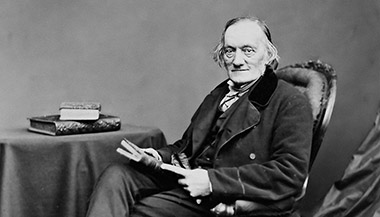
The whale story: Richard Owen
Discover how whales were at the heart of the original proposal for a museum of natural history in Britain.
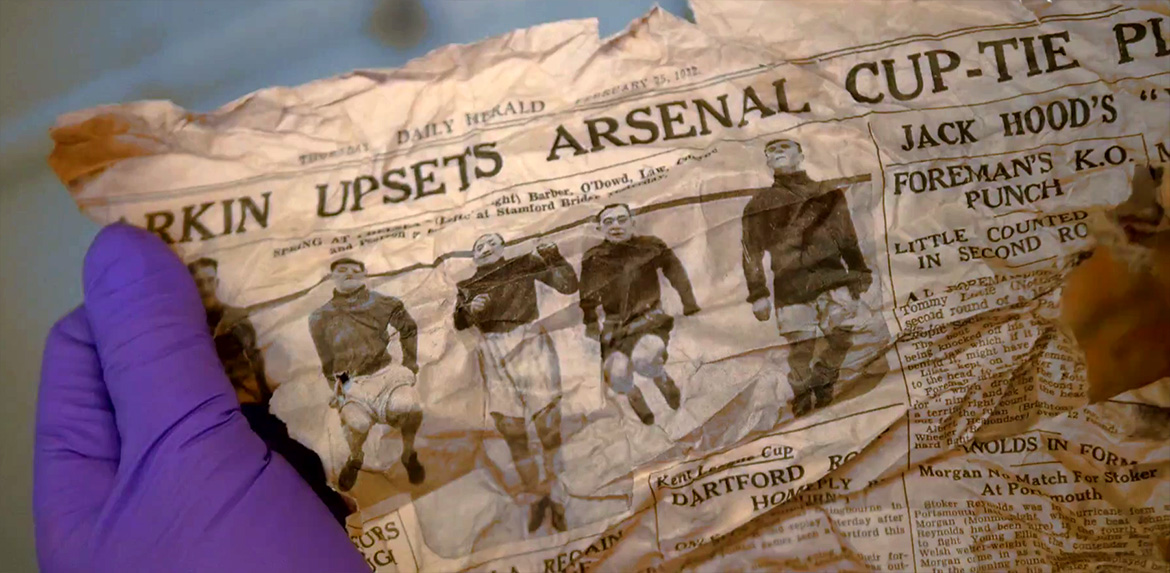
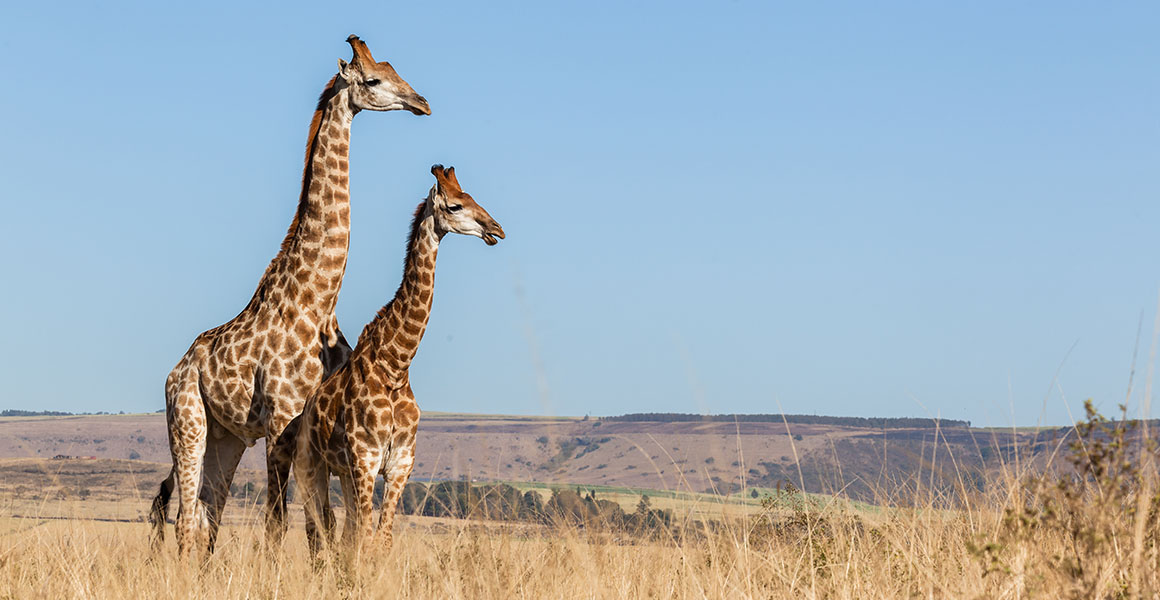
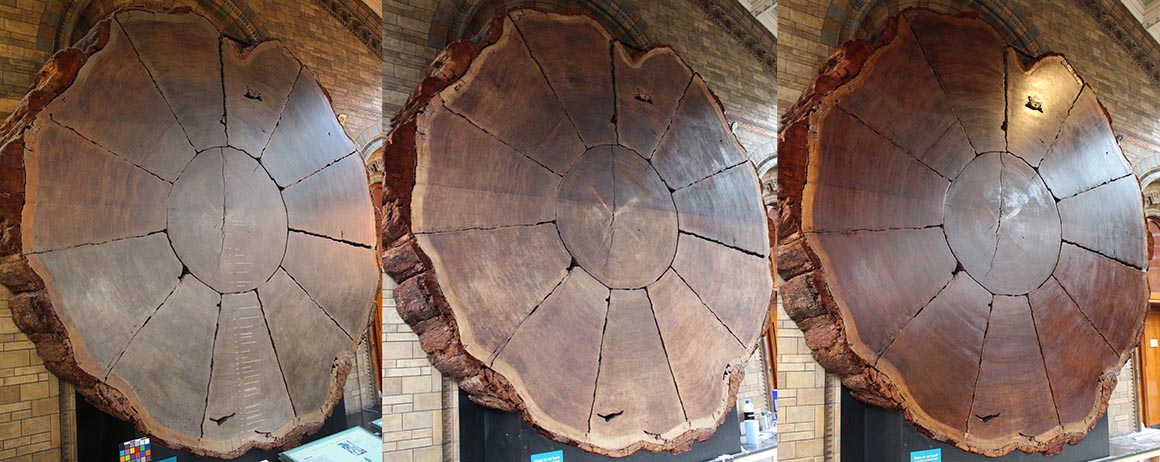
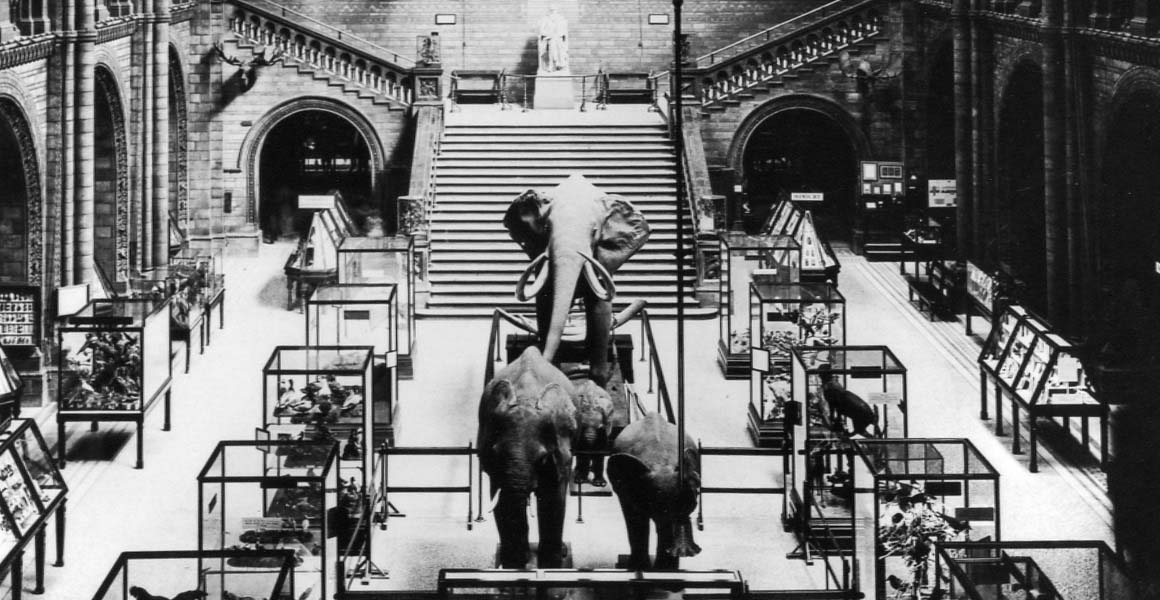
Don't miss a thing
Receive email updates about our news, science, exhibitions, events, products, services and fundraising activities. We may occasionally include third-party content from our corporate partners and other museums. We will not share your personal details with these third parties. You must be over the age of 13. Privacy notice.
Follow us on social media